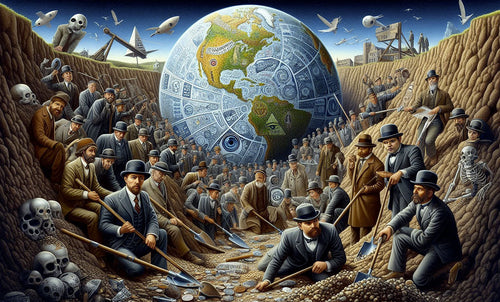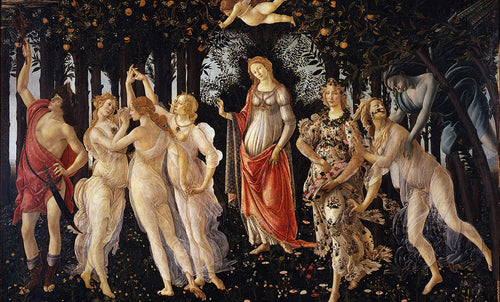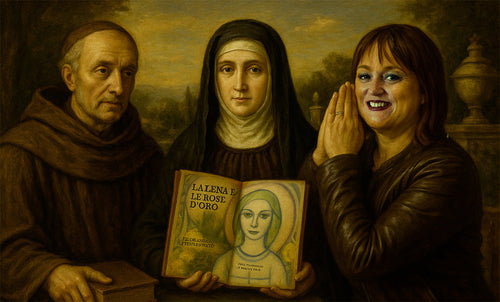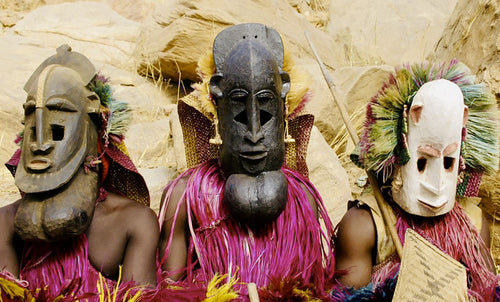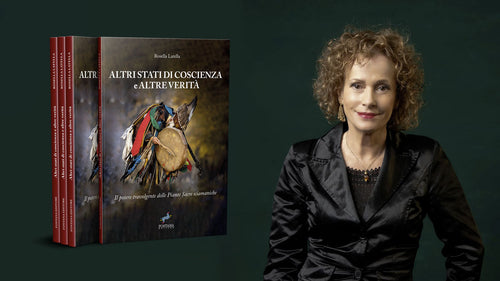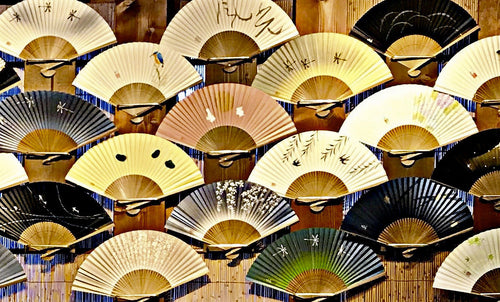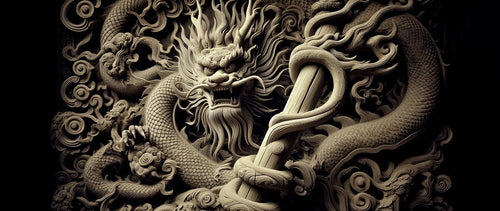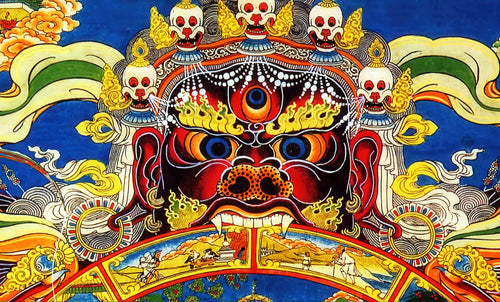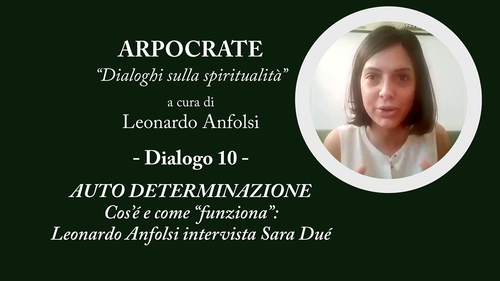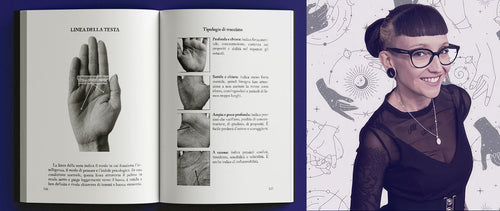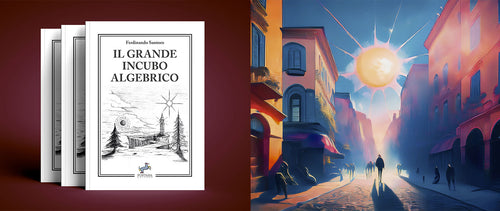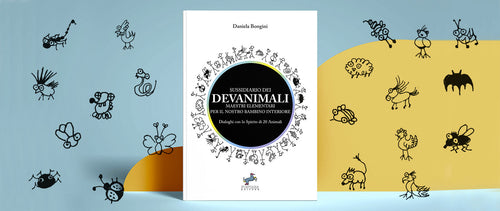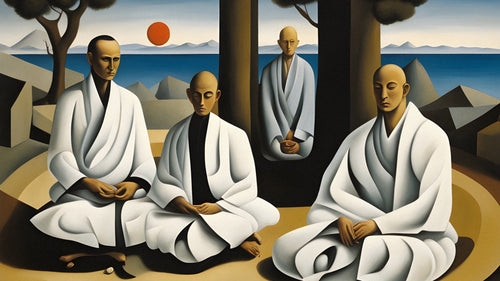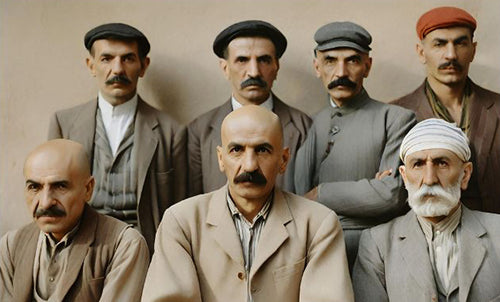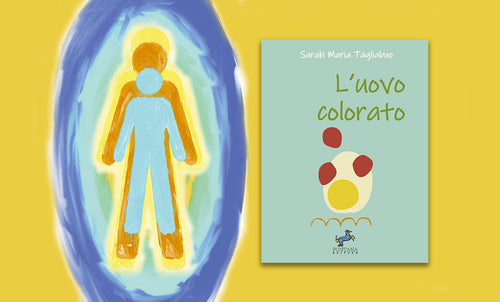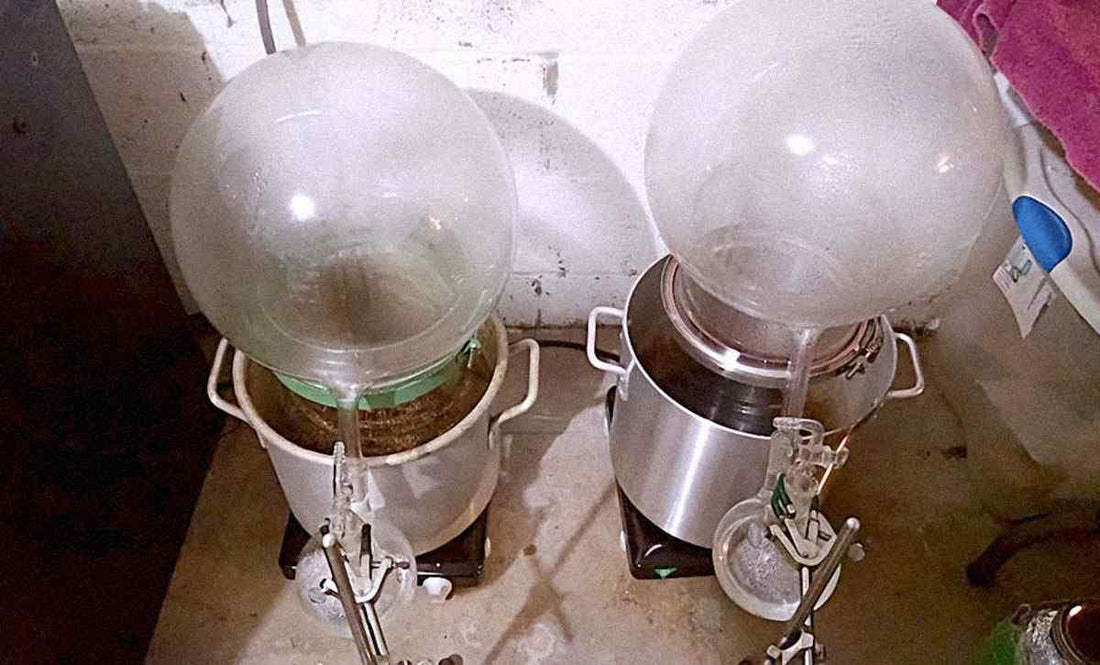
The Enigma of philosophical Mercury
John H Reid IIIAn operative overview of hermetic philosophy. With this series of articles I want to explore some areas of spagyric and alchemical thoughts that are generally only dealt with in a cursory manner in modern written material. I should say from the outset that I am neither Doctor nor Scientist.
However, my viewpoint and conclusions are born from over thirty years of study and practice in the Hermetic Science. I intend to write 3 additional articles in this series besides this particular one; those three are:
- Thoughts On How and Why Spagyric and Alchemical Products Work
- Salt Works in the Plant Kingdom
- Oils of Minerals and Metals

Before those articles, this “ The Enigma of Philosophical Mercury ”, is needed so that we have a common starting point and frame of reference for the upcoming articles, especially in regards to defining some technological terms.
Anyone who does some reading in regards to alchemy will, in very short order, come across the term “The Three Essentials.” In the world of alchemy and spagyrics, The Three Essentials are known by various names. They represent, according to the context in which they are cited, archetypes about creation or physically manifested objects (carriers of a force or quality) that can be held in one's hand. It is said that all things contain these Three Essentials from the grossest manifestation to the most sublime ephemeral impulse.
The Three Essentials are known as Mercury, Sulphur, and Salt, or Spirit, Soul, and Body, respectively. We are, of course, not speaking about the element mercury (Hg), elemental sulfur (S), or common table salt (NaCl). We can however by use of analogy of their physical properties and mythological associations, build mental bridges that allow us to nascent cognitive apprehension of the powers, qualities, and concepts associated with The Three Essentials.
The first Essential is called Mercury:
- The metal mercury is liquid at room temperature and, thus, it resembles water in its property to take on the shape of what ever container (mold or condition) it is poured into.
- The Alchemical Essential of Mercury is said to be the First Matter of metals that shows itself as a moist vapor[1]. This First Matter is said to be clear or white in color, which is why it is sometimes called the White Mercury.
- Mythologically, it is associated with the god Mercury (Hermes), who it is said was the messenger of the Gods. It should be noted that while God Mercury is often depicted as wearing winged sandals, some depictions show him having wings naturally growing from the back of his ankles; hence his assignation as the “winged footed god.” Too, as the metal mercury is fluid it also carries the spiritual associations connected with water in the mental sphere.
- In Qabalah, the Essential of Mercury is associated with the Sephira of Kether and the color of brilliance and pure white brilliance.
From the forgoing we can see that irrespective of it being a gas (moist vapor) or liquid, metaphysically and physically, the Essential of Mercury is seen as being plastic and moldable. That is, it is adaptable to its present circumstance. It is also associated with being the first cause of Metals, and in retrospect all things. I say all things because the first things to physically form in the universe were gases and minerals. As the first cause of all items, this substance has within it not only all the information for past, current, and future development (evolution or expression) of any item, but also has the inherent energy to do those things. We can see that this energy is present in the wings affixed in the gods feet or sandals, as an energy that is used to carry information to its destination. In other words, the information itself has the inherent power to express its potential in any sphere in which it manifest. Finally, we see by the assignation of this Essential to the Sephira of Kether, that in its initial form Our Mercury exists in an omnipresent state of potential; it is everything (past, present, and future), it cannot be any one thing.
It should be noted that this potential state is not a negative or nothing state. It is a state of unity, not one, but unity. The assignation to Kether of white light is very apropos here because white light contains all the other colors within it; they all exist in the one in a state of unity. If you are familiar with programming it is more like a NULL variable. It is something that has been declared (I AM), but has not been defined or given any properties. Hence, at some other time, it can be whatever the programmer chooses it to be. In order to begin to make this distinction it is necessary to make use of the next Essential.
The second Essential is called Sulphur:
- The element sulphur is known as the “stone that burns”[2] denoting it as being the principle (fuel/agent) of combustibility.
- The Alchemical Essential of Sulphur is a mediating substance known to also coagulate (cause to thicken and dry out because of its inherent heat) the Essential of Mercury. It is also said to contain the consciousness, color, smell, personality/character, the essence of a thing. It is sometimes also known by the assignation of Red Mercury.
- In mythology, it is associated with Thermopylae[3] or the “Hot Gates”, which serve as the entrance to Hades. It is also associated with the Greek god Hephaistos (Vulcan) who had charge of Fire, Volcanoes, smiths and craftsmen.
- In Qabalah, the Essential of Sulphur is associated with the Sephira Chokmah and the color grey.
Sulphur, being known as a stone, tells us that one of its primary qualities is to congeal or make a substance hard. Its other quality is that it is associated with burning, heat, and light. It should be noted: that which burns, or even the light emitted from the act of burning, is not the noumenon (cause/energy) from whence the phenomena (burning/light) originates. This is an important point to understand because it is the first cause or Essential of Mercury which holds the energy. The alchemical Sulphur merely is used as a vehicle for expression of that which is. In this respect it is the mediator between the two other Essentials. This mediation is shown in the fact that the Essential Sulphur is associated with destruction (death/Hades/Hell) and creation (Hephaistos (Vulcan) smiths and craftsmen). The means of striding the death-creation continuum is through the control of fire, which also gives Sulphur a preservative quality[4]. An artist must destroy the original form in order to release that which is hidden within. It is conscious awareness which enables one to see with the mind’s eye that which the physical eye is blind to. It is what allowed Michelangelo to perceive his David hidden in a block of marble. It is the artist that breathes life into his creation, animating it with passion, light, movement, and yes, the five senses… even though it is made of stone.
Chokmah is the color of grey, which is actually an equal blending of the colors white (Kether/Mercury) and black (Binah/Salt). It is a stepping down of the intensity of either end of the spectrum to a middle position which allows the mind to begin exploration of their respective qualities. Grey is also a color associated with the metal silver, which was used to make the backing of mirrors. A mirror acts as a reflector, and in that sense it is a reflection of Kether. However, a reflection is not an original; it is a copy or duplication, which by necessity suffers “generation loss”: it is not as bright, nor as unified, and yet, the totality of All is still within it. This is why Chokmah is also called the “sphere of the zodiac” or fixed stars. It is here where unified consciousness, represented by Kether's brilliant white light, segments as it passes through the prism of fundamental awareness (I AM) and the expressions it contained (unity) begin to differentiate themselves from each other in the patterns of the stars of the Zodiac or the colors of the rainbow. With each pattern or color of the rainbow representing a separate intelligence (“society of the mind” as psychologist call it) or being. This coagulating or making known what was once hidden in unity is the job of Sulphur. As Paul Foster Case put it, "the inner power projects itself, or a seeming extension of itself as a space, and fills that space with forms of energy whose combinations constitutes the body of the universe."
The third and final Essential is that of Salt:
- Mineral salts are for most people the least appreciated supplements there are. We as humans cannot produce these minerals we need to sustain our lives. Therefore we must acquire them from the foods we eat and liquids we drink.
- The Alchemical Essential of Salt is the outcome of the interplay of the first two Essentials. It is the result of Our Mercury being coagulated by Our Sulfur to bring about a unique expression into temporal existence (Salt/Body).
- In mythology and life, salt is seen as a protector and preserver. Magic circles constructed of it keep evoked spirits out, and of course, it was the primary form of preserving meat and fish in ancient times.
- In Qabalah, the Essential of Salt is associated with the Sephira of Binah, the color black, and the planet of Saturn.
For most of us, mineral salts get the same respect as that stereotypically afforded to stepchildren by their evil stepmother. Just as in those tales, it will eventually take on the role of the mythological hero. Indeed, every single biological function of our bodies depends in one way or another on the presence of at least one mineral salt (ions). There was a time in our history that because of its scarcity and absolute fundamental necessity to life, salt was worth its weight in gold. Today, it is an afterthought for most, or the mark of a refined palate for the connoisseur of culinary salts. In either case, salt's true life-essential value would come to the fore should society crumble, and once again its scarcity make us pay attention to its essential nature in our lives.
The color associated with the Essential of salt is black. Black being the opposite of white, it absorbs all colors (think black holes/weight), whereas white emits them. In this regard it is the container or circumference in which any cycle of manifestation has its birth, growth and death. It contains within itself all of the abilities and powers (though latent) of the other two Essentials. It is the job of the artist (Alchemist) to understand how to go about de-compounding the manifested subject (Salt/matter) so that its true nature may be revealed.
Some may scoff at my assertion that the Essential of Salt contains the complexes and qualities of the other two Essentials. Yet all life originated in the sea (Mercury), and read in the footnote #4 about the preserving quality of the Essential of Sulphur to connect the mental dots. Anyone who has done even a modicum of lab work just on plants will tell you that the color assignations of the Three Essentials show themselves when working on the body of the plant. The initial incineration of the plant shows itself as a black color (Binah) that over time becomes grey (Chokmah). Continued operations of solve, filtering, coagula, and calcination will ultimately reveal a brilliant white salt (Kether).
The whole mythology surrounding Saturn (Cronus) who devoured his children, which were freed by their brother Zeus (Adept/Alchemist), is ripe with alchemical symbolism and has much food for thought if you care to ponder it. It is in the work on matter or the Essential of Salt that the alchemist can, and does find the other two Essentials so that s/he may go about the Great Work. Just as the immortal gods were imprisoned in Cronus stomach (Body/Salt), a play on the place (Tartarus) Cronus's father used to imprison some of his first children, and indeed the place where Zeus (Cronus's son) imprisoned him. While whom imprisoned whom, and where and when can become somewhat convoluted in Greek mythology, the real meat of the story lies in the fact that ancient and immortal powers lie imprisoned in the center of the Body (Cronus stomach), or the center of the mountain Tartarus (Salt). It is from here that we can finally take a look at what alchemy is all about.
You may have wondered why in my discussion about The Three Essentials I have forgone mention of the well-known essentials from plants, those being ethanol for Mercury, essential oil/Tincture for Sulphur, and of course the plant's ash and leached mineral salts for Salt. The fact simply is this: those three items simply serve as anchors for concepts the mind can use to begin to grasp the ever burgeoning complexities the Three represent, and have no place in the discussion about alchemy, as it pertains to the Three Essentials. Back in the mid-90's, when I wrote my first book[5], I was beginning to suspect this as the fact and was more comfortable assigning those representatives of the Three (ethanol, essential oil/tincture, plant salt) to the four elements[6].
It should be realized that what is generally accepted as representing the Three Essentials in the plant kingdom belongs within the sphere of plant spagyrics and not plant alchemy. A lot of modern day practitioners want to change the meaning of the word spagyric to denote or be synonymous with plant alchemy. The fact is, Paracelsus, who it is said coined the word, used Spagyrics to describe operations in the plant, animal, and mineral kingdoms.
The term spagyric simply refers to a set of manual operations that allow one to bring about the separation, purification, and then reunification of the matter being worked on. This is done using various laboratory apparatuses, procedures, and even reagents. The products made from such operations have proven themselves to be highly efficacious when made and used properly, but they are not alchemical. There is an old maxim that states “all things alchemical are spagyric, but not all things spagyric are alchemical.” Ok, fine, that is cute and all, but one must ask, “What is alchemy and what makes a thing alchemical?”
The phrase "alchemy is the process of bringing natural substances to their inherent perfection, through natural means" has been used by quite a few people, myself included. This is a catchy little phrase but just what does it mean? The above statement implies that there is a so called unnatural way to realize the inherent perfection in natural substances. One would not be too far off the mark to say that in the minds of most people, dropping a red substance into molten lead and turning it into gold does not fall into the category of a natural act. Just what does one mean by natural? Can it not be said that in the truest sense, any act or substance is natural?
Describing alchemy as a process that elevates or spiritualizes implies that at some time there was a state of inferior being. In the story of creation you do not read "and God saw it was bad." The concept that somehow at this present moment in time we lack perfection or have some tint of unworthiness within us is the root of our problems in alchemy and in life. The spiritual perfection idealized and desired in the minds of many people today is a state of extreme “unnaturalness”. It is an almost zombie-like state in which there are no problems or anger and sexual desire is ended. This last one is the deepest mystery to me, especially since the placing of libido in a subject was the culmination of any of gods manifestative acts.
For me, "Alchemy is the Art of Realizing the Perfection of Life." I say realize, not discover, or make. When you realize something, you gain understanding or grasp that which is. Realizing the perfection of something implies that there is a completeness or wholeness to its existence, and that any appearance to the contrary lies in the observer, not the observed. Yes, alchemy is about bringing into perpetual conscious realization, the unique inter-relatedness and wholeness of creation, but not in some obfuscating release in which we lose our identities. If we look around us it is apparent that God is in the business of manifestation. Truly all that is manifest by God is good. This realization of life's perfection, of Gods beneficent grace begins with the acceptance of our seeming imperfections. This acceptance is not acquiescence, it is not saying that one can never realize something different than what they know now. The paradox is that even though the immediate expression of life we see before our eyes is perfect, complete and whole, this expression of life invariably gives rise to the cognition of seemingly more complete and whole states of being. By the very nature of its design, life continually plays a game of one-upmanship with itself.
This one-upmanship is what we saw play out with the Greek Gods and the imprisoning of the young within the Body/Salt of a god or mountain. It might seem that somehow something is lost or hidden, but that of course only applies to one who knows not the truth because all that has been created is perfect and is composed of the Three Essentials. The Artist who has knowledge knows that salvation is achieved from within in All things, because all is produced by One, by the mediation of One, and arises from One by adaptation.
There is a phrase in alchemy that says (and I am paraphrasing here) “Our work is done using one substance, one vessel, and one fire, know that nothing needs to be added to or taken away from it except for that which is superfluous (and even the superfluous has its use in the lab).” What this supposedly enigmatic statement is saying, is that all one needs to bring about the perfect resolution of the matter being worked on, so that it might realize the truth-of-itself is contained within it, just as all human beings need to realize their true-self is already contained within them.
In practical laboratory alchemy and inner-alchemy this resolution of the Body/Salt to expose the White and red Mercuries is brought about by the use of the Philosophical Mercury. The final quote/maxim I want to use is this: “No Alchemical operation can be begun or brought to its completion without Our Mercury”. This substance, Our Mercury, a.k.a The Philosophical Mercury (PM), is the difference between a Spagyric and Alchemical operation. The PM is said to be able to separate the essentials from the matter in a rather short period of time without the need for any external heat, substance, or equipment. In doing this separation, the germinative vitality of the matter is maintained, something no other solvent is capable of doing. Indeed, it is also said that the matter itself carries this substance (PM) within itself, as no foreign substance needs to be brought into the operation. Just as I might add, salvation of our souls is brought about by the inherent nature of our being.
Yet, the PM is not an alchemical product. How could it be if the statement “No Alchemical operation can be begun or brought to its completion without Our Mercury” is true? It is as its name denotes, brought about by a knowledge of the general laws or principles under which all the facts relating to the matter being worked on are fully comprehended. This comprehension allows the artist to create the PM, which in turn, allows the artist to acquire the true living, unadulterated, essentials of the matter. After having done this, the way to making the stone is easy.
It needs to be stressed here again that the materials for making the PM are found solely within the matter itself. The only addition that I allow for is water, and natural organisms found in the air, earth, and sea.
Article published on Nitrogen 1
1. Collectania Chemica “All true philosophers agree that the First Matter of metals is a moist vapor.” “...this vapor which, which the philosophers call their Mercury” link >>. In the Triumphal Chariot of Antimony we read: “Let me tell you, then, that all metals and all minerals grow in the same way from the same root, and thus all metals have a common origin. This first principle is a mere vapor” link >>
2. en.wikipedia.org/wiki/Aether (classical_element) #Quintessence
3. en.wikipedia.org/wiki/Thermopylae
4. About seven years ago a bottle with tap water, half filled, was placed unstoppered in the laboratory. A small amount, the size of a small pea, of alchemical sulphur out of crude sulphur was placed in it. According to Paracelsus, this would not let the water get stale or diminish in quantity. The present condition of the bottle, with the water and the small amount of alchemical sulphur, demonstrates the correctness of Paracelsus's assertion. The temperature in the laboratory had reached high degrees during the summers and normal room temperatures during the winter months. Still, no change has been noticed during the intervening years. Skeptics may smile; but so do we, knowing "why" it is so. Alchemical Laboratory Bulletin 1st Quarter, 1963 No. 14

